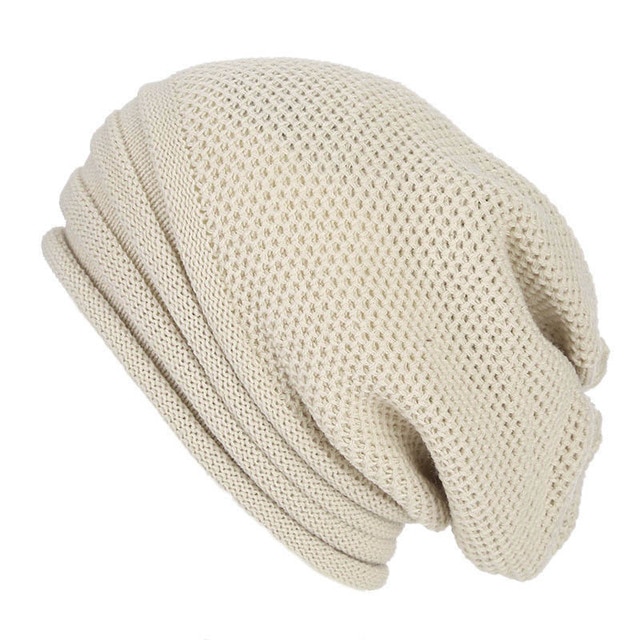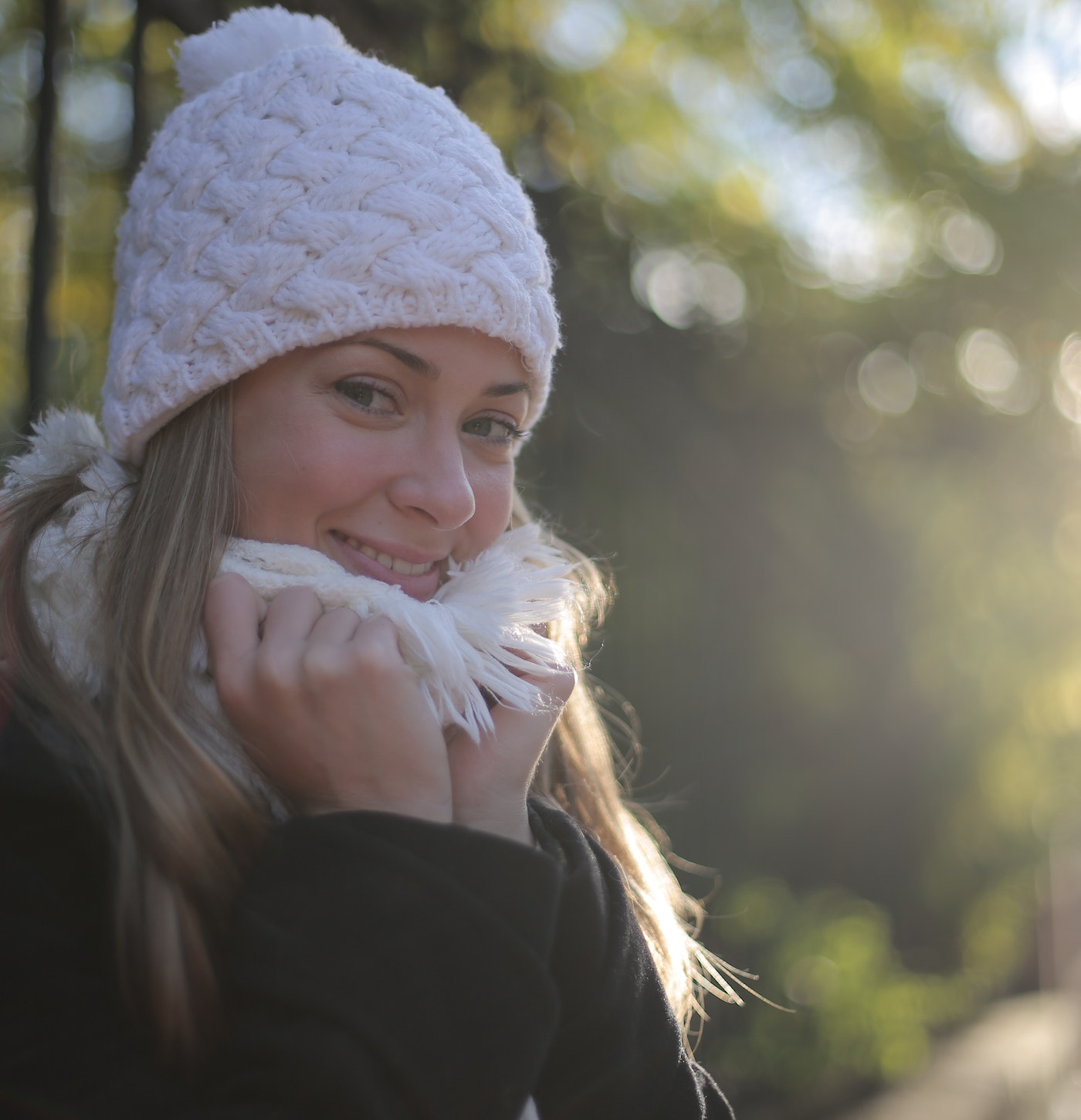
A beanie hat is more than just an accessory; it’s a versatile and practical addition to your wardrobe that not only keeps you warm but also adds a touch of style to your look. Choosing the right cap hat can be a delightful journey of self-expression and functionality, especially in colder seasons. In this comprehensive guide, we will explore the factors to consider when selecting the perfect knit cap, from understanding various styles to choosing the right fit, fabric, and color to suit your unique preferences and needs.
Understanding Beanies: Styles and Versatility
Before diving into the world of knit caps, it’s essential to understand the different styles and the occasions for which they are best suited. These come in a variety of styles, each offering its unique aesthetic and practicality. Let’s explore these styles:
- Classic Cuffed Beanie: The classic cuffed cap is a timeless design with a folded or cuffed brim. It’s a versatile choice that works well for casual wear and can be pulled down for extra warmth on colder days.
- Slouchy Beanie: Slouchy caps have a loose, relaxed fit and a longer body, creating a slouch or sag at the back. They are great for a laid-back, trendy look and can be worn with the top pushed back for added style.
- Pom-Pom Beanie: Pom-pom caps feature a playful, decorative pom-pom at the crown. These are ideal for adding a touch of whimsy and charm to your winter outfits.
- Fisherman Beanie: Inspired by the classic fisherman’s style, these have a snug fit and a rolled brim. They are perfect for a no-fuss, practical look that offers excellent warmth.
- Beanie with Earflaps: These with earflaps provide additional warmth and protection, making them suitable for extreme cold weather. They often come with ties or buttons to secure the flaps under the chin.
- Bobble Hat: Similar to the pom-pom cap, the bobble hat features a decorative bobble at the top. These are festive and fun, making them great for the holiday season or whimsical winter looks.
Choosing the Right Fit
Selecting the perfect beanie fit is crucial for comfort and style. Here’s how to ensure a great fit:
- Measure Your Head: Start by measuring the circumference of your head just above your ears and eyebrows. This measurement will help you find the right size.
- Consider the Stretch: Beanies with some stretch, typically thanks to materials like spandex or elastane, can accommodate different head shapes. This can be especially helpful if you’re unsure about your size.
- Style-Specific Fit: Different cap styles may have unique fits. Slouchy knit cap, for example, are intentionally looser and meant to sit farther back on the head. Consider the style and fit that suits your preference.
- Try Before You Buy: If possible, try on beanie hats before purchasing them. This allows you to assess the fit and comfort in person. When shopping online, look for stores with hassle-free return or exchange policies.
Selecting the Right Fabric
The choice of fabric plays a significant role in the warmth, comfort, and style of your knit cap. The type of fabric you choose should align with your intended use and personal preferences. Here are some common fabric options:
- Wool: Wool knit caps offer excellent warmth and moisture-wicking properties, making them a great choice for cold weather. Merino wool is particularly soft and comfortable against the skin.
- Cotton: Cotton beanies are lightweight and breathable, ideal for milder temperatures. They are comfortable and can be worn in transitional seasons.
- Acrylic: Acrylic knit caps are budget-friendly and come in a wide range of colors. They are warm, lightweight, and easy to care for, making them a practical choice.
- Cashmere: Cashmere beanies are incredibly soft and luxurious. They provide warmth while remaining lightweight and comfortable.
- Fleece-Lined: Some knit caps have a fleece lining, which adds an extra layer of insulation and comfort. These are excellent for extremely cold weather.
- Blended Fabrics: Many use a blend of materials, such as wool/acrylic blends, to offer the benefits of different fabrics. These often balance warmth, comfort, and affordability.
Color and Design
These come in a wide range of colors and designs, allowing you to express your personal style. When choosing the right color and design, consider the following:
- Neutrals: Neutral colors like black, gray, brown, and navy are versatile and can be easily matched with various outfits.
- Bold Colors: Bright and bold colors can add a pop of vibrancy to your winter look. They can make a statement and bring life to neutral ensembles.
- Patterns: Beanies with patterns like stripes, fair isle, or cable knit can add visual interest to your outfit. Consider your personal style and the patterns that complement your wardrobe.
- Solid Colors: Solid-colored offer a clean and timeless look. They can be dressed up or down and are great for a classic, understated style.
- Embroidery and Branding: Some beanies feature logos, branding, or embroidery. These can be a fashion statement or a way to show support for a favorite brand or team.
Occasion and Styling
The right cap depends on the occasion and how you plan to style it:
- Everyday Wear: For casual, everyday wear, choose comfortable, versatile knit cap in neutral colors. These can be paired with jeans, sweaters, and sneakers for a relaxed, easy-going look.
- Outdoor Activities: If you’re planning outdoor activities like hiking, skiing, or snowboarding, opt for beanies made of moisture-wicking and insulating materials. These should also cover your ears for added warmth and protection.
- Formal Events: For formal occasions, consider cashmere or wool blend caps in classic, muted colors. Pair them with a tailored coat, scarf, and gloves for a polished appearance.
- Pom-Pom and Bobble Beanies: Pom-pom and bobble knit caps are playful and festive, making them perfect for holiday gatherings and winter celebrations.
- Accessories: Don’t forget to accessorize with scarves, mittens, and gloves to complement your beanie. These additional items can enhance your warmth and style.
Conclusion
Choosing the perfect beanie hat is an enjoyable process that allows you to express your style while staying warm and comfortable. Understanding the various styles, selecting the right fit, fabric, and color, and considering the occasion and styling options are all essential aspects of the decision-making process. With the right cap, you can embrace the chill of the season with confidence, knowing that you’re not only staying cozy but also looking stylish and fashionable. Whether it’s for everyday wear, outdoor adventures, or formal events, the perfect cap is a versatile and essential addition to your winter wardrobe.

